Oranges are one of the most delicious fruits in the world. You can make so many things from oranges to orange juice to essential oils, and even marmalade. The orange originated in Asia, more specifically Northeast India, Myanmar, and Southern China. Oranges have been mentioned in literature since 314 BC. Since then, oranges have been one of the most cultivated fruits in the entire world. Usually, oranges are grown in tropical or subtropical areas. Oranges are also good for you. Let’s take a look at the eight countries that grow the most oranges. Excluded from the list will be the European Union, which comes fourth in orange production because they are a conglomeration of 27 countries.
8. Turkey
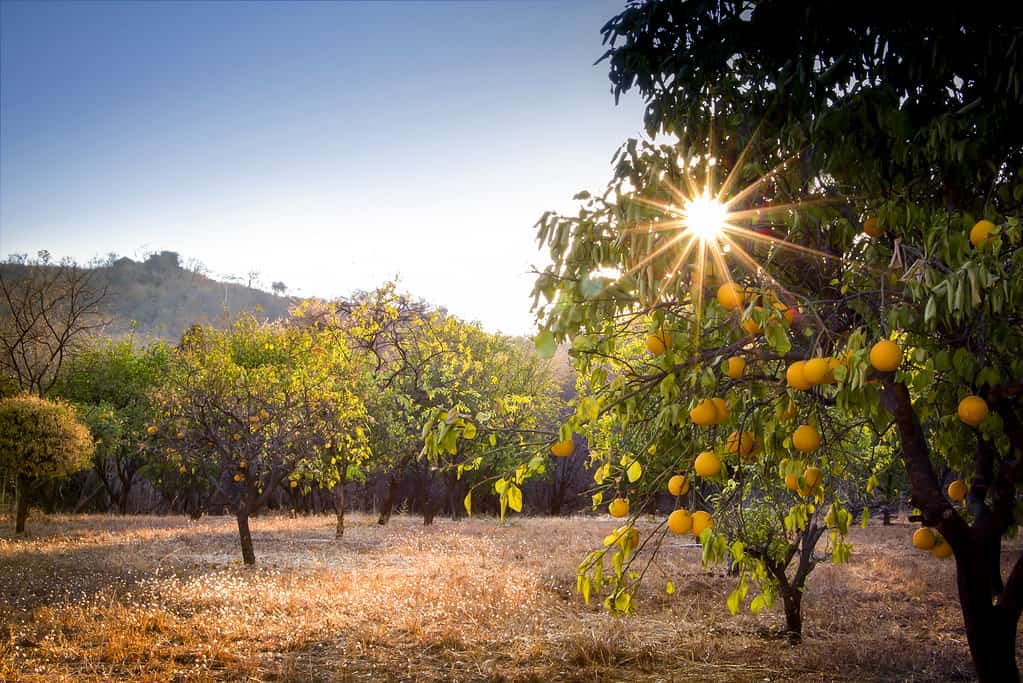
Turkey is the eighth leading producer of oranges in the world.
©dave_valler/iStock via Getty Images
About 3% of the world’s orange production is in Turkey. There are various areas in the country where citrus fruits are grown and those include Izmir, Adana, and Antalya. The types of oranges that are grown in Turkey are mostly navelina and Lane Late oranges, followed by Valencian oranges and others. Besides being an orange producer, Turkey is also a huge orange exporter. Tangerines and lemons are the citrus fruits the country exports the most, followed by oranges.
7. Vietnam

Vietnam is the seventh leading producer of oranges in the world.
©Dreamer Company/iStock via Getty Images
The country provides a great climate for citrus production, specifically oranges. Because of that, Vietnam has increased orange production in the past few decades. They have now become one of the leading producers of oranges in the world. Vietnam also grows a green orange called Cam sành, which closely resembles mandarins.
6. South Africa
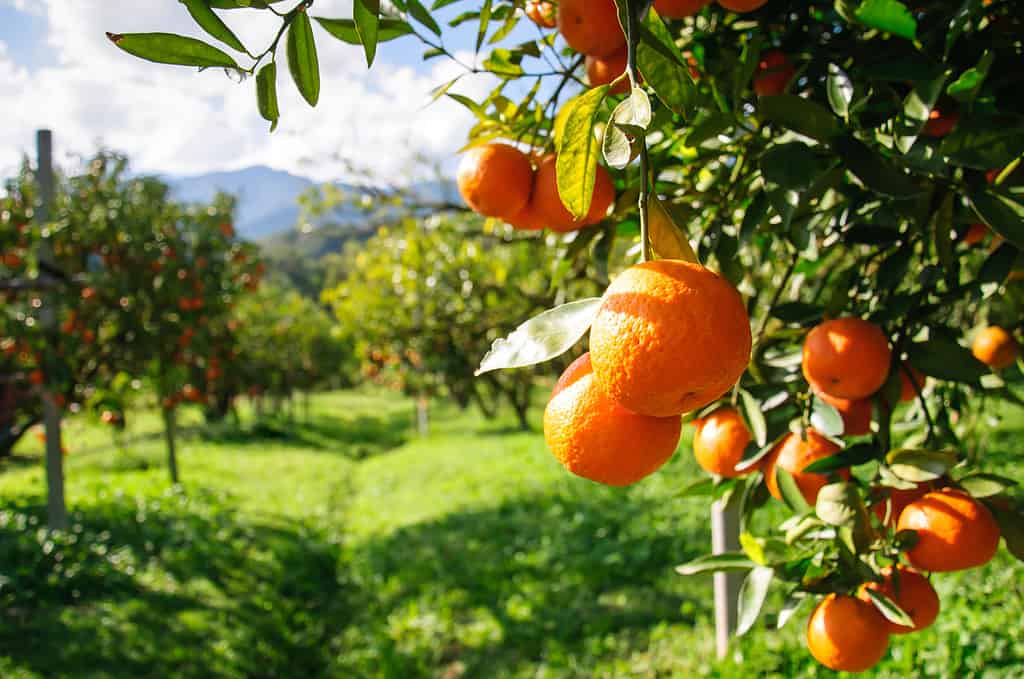
Citrus season in South
Africa
is from February to September.
©sripfoto/iStock via Getty Images
South Africa is the second leading producer of oranges in the African continent. The Limpopo province accounts for nearly 50% of the orange production in the country. Western Cape and Eastern Cape closely follow. Although navel oranges are the favorite to eat, Valencian oranges are produced more in the country, representing nearly 67% of the orange production in South Africa.
5. United States
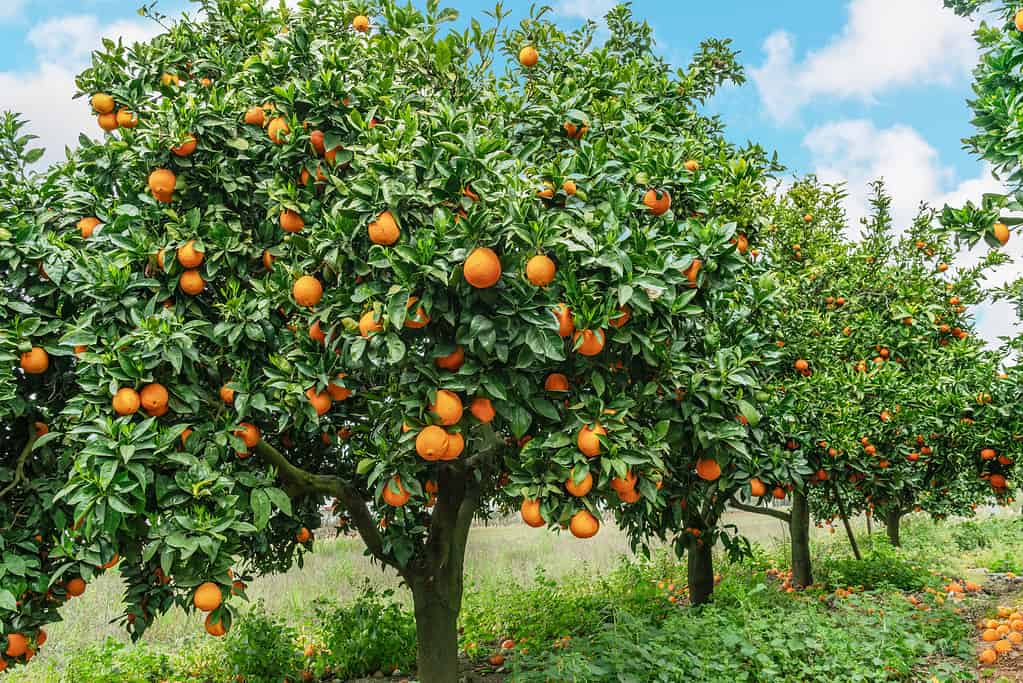
Pedro Menendez de Aviles was one of the first to cultivate oranges in St. Augustine, FL, in 1565.
©ValentynVolkov/iStock via Getty Images
The state where most oranges are made into orange juice are produced in Florida. The state where the most oranges are grown for consumption is California, followed by Arizona and Texas. The Gulf states are also part of the larger producing states in the country. In recent years, orange production has suffered several setbacks due to droughts and disease, and thus the price of orange juice has also increased.
4. Egypt
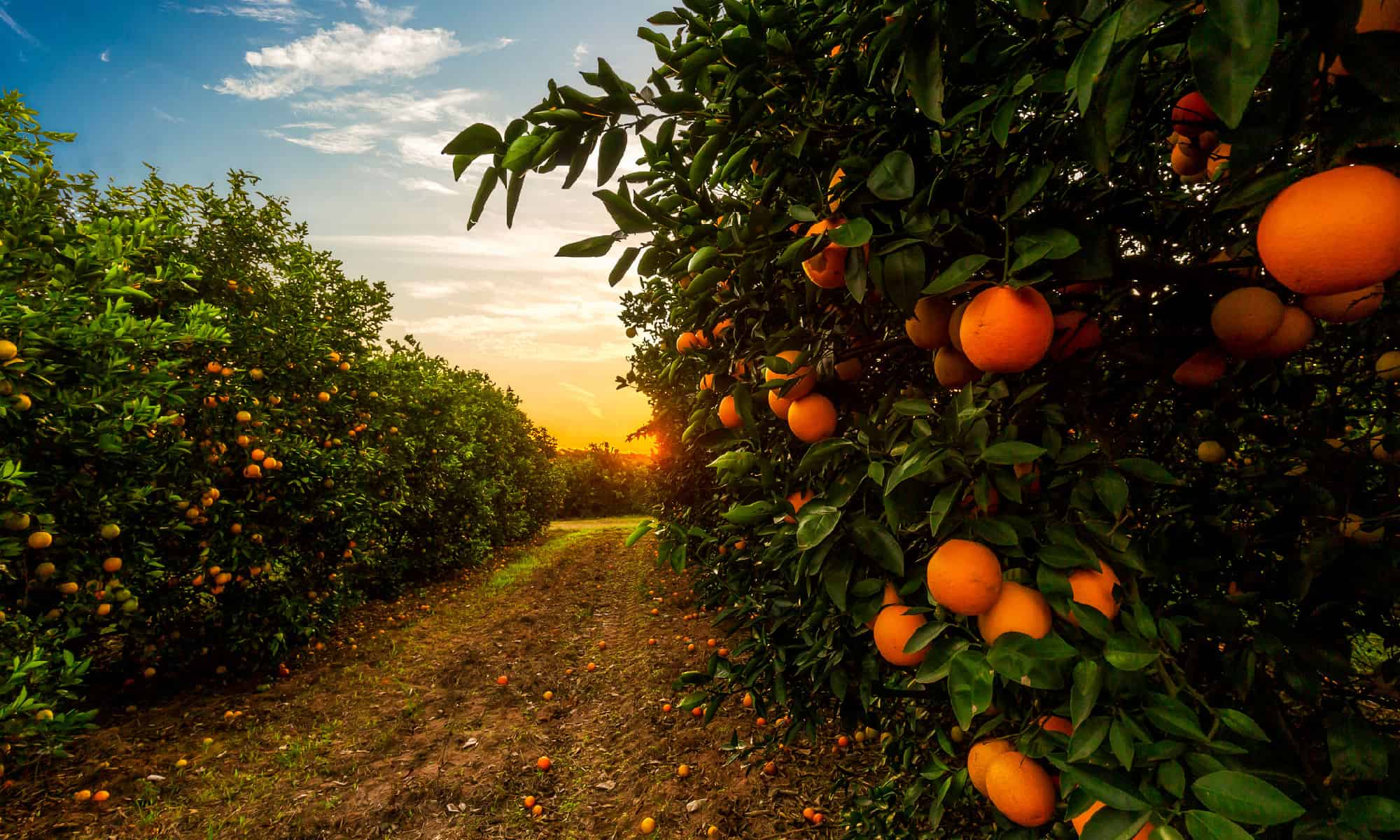
Egypt is the fourth largest producing country of oranges in the world.
©iStock.com/paulobaqueta
The Middle Eastern country is the leading producer of oranges in the Middle East and the African continent. Oranges represent about 80% of the total citrus fruits produced in Egypt. The major areas where Egypt produces these citrus fruits are along the northern region of the country where the Nile Delta is located. Furthermore, the main oranges produced in Egypt are navels, and the second most produced oranges in the country are Valencian oranges.
3. Mexico
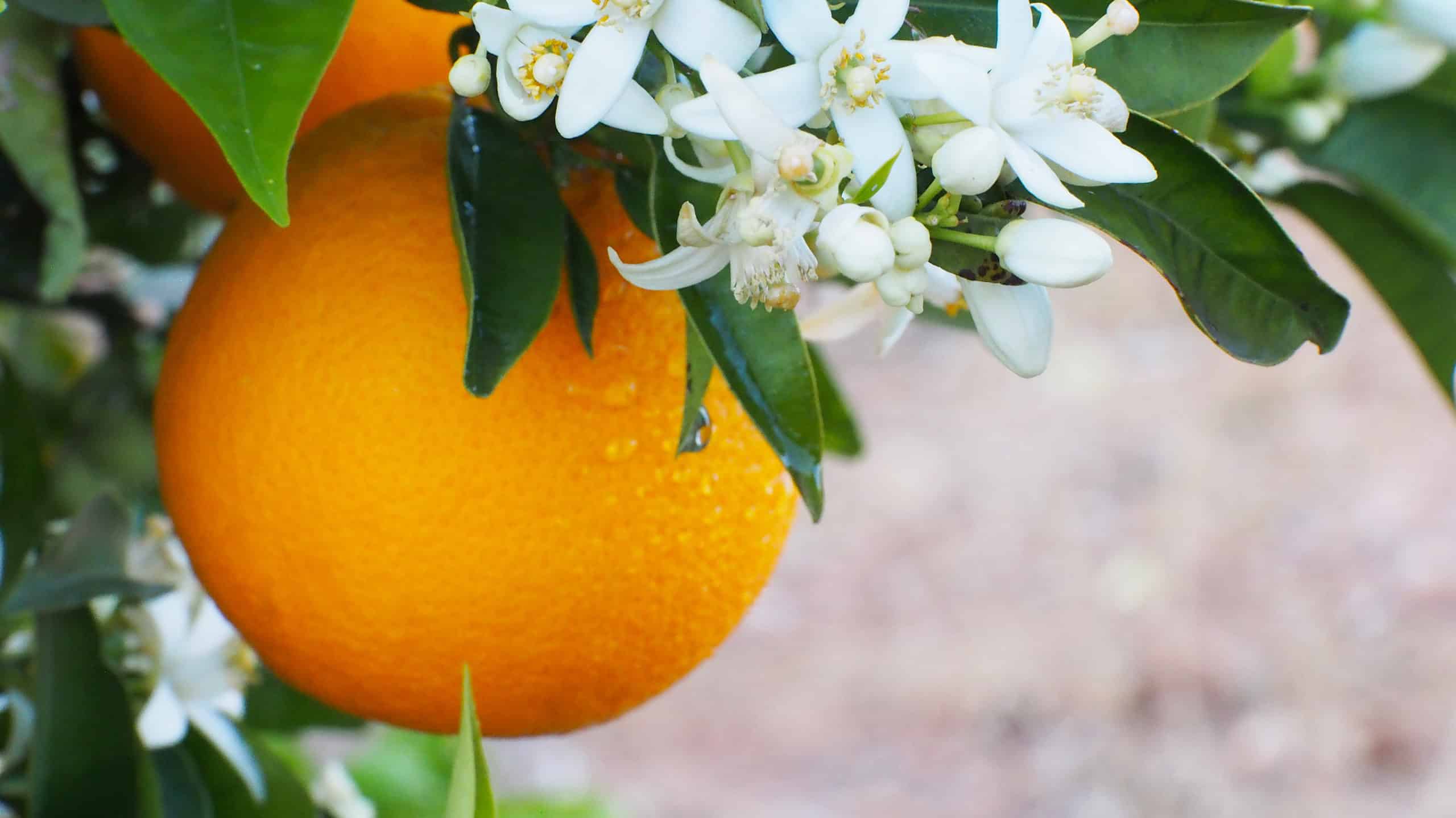
The state of Veracruz accounts for 51% of Mexico’s total orange production.
©Iness_la_luz/Shutterstock.com
Oranges have been cultivated in Mexico since the Spanish arrived in the area. As early as the 1500s, there were orange trees around the coastal areas of the country. Because Mexico’s climate is perfect for oranges, the fruit has thrived. The three varieties grown in the country are the Valencian orange, the Lane Late navel orange, and the navelina orange. Lastly, the leading areas of orange production in Mexico include Veracruz, Tamaulipas, San Luis Potosi, Puebla, and Nuevo Leon.
2. China

Oranges hail from the Southern region of China and have been cultivated there for thousands of years.
©PradaBrown/Shutterstock.com
China comes in at number two in orange production, but the country hopes to increase its numbers by as much as 15%, the main area in China where orange production is cultivated is the Jiangxi province. The other areas that produce oranges include Ganzhou. Furthermore, the country is responsible for around 70% of all the citrus fruits, which include oranges, that are produced in the Asian continent. The countries where China exports the most oranges include Hong Kong, Thailand, Indonesia, and Taiwan.
1. Brazil

Orange production in Brazil started in 1530.
©Luiscar74/Shutterstock.com
When Portugal conquered Brazil, they introduced orange trees into the country. Since then, orange production has been on the rise until they have become the world’s leading orange producer. Furthermore, Brazil is the leading exporter of orange juice in the world. The area where Brazil produces the most oranges is São Paulo, which comes to about 78% of the country’s production. The two other leading areas include Minas Gerais, Sergipe, Bahia, and Paraná. Several companies have been accused of human rights violations like not paying workers or charging for food or accommodation.
Thank you for reading! Have some feedback for us? Contact the AZ Animals editorial team.








